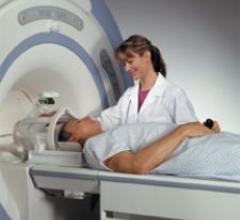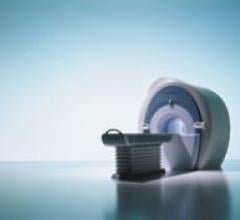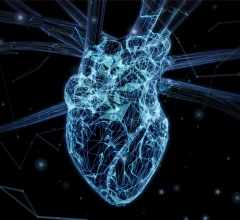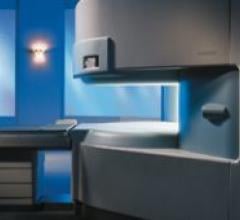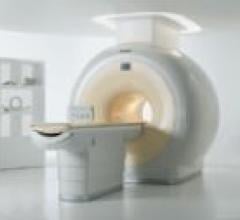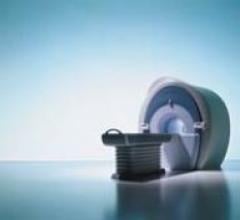Providing morphology, function, tissue characterization and 3D coronary anatomy in a single tool, syngo BEAT is ...
Magnetic Resonance Imaging (MRI)
Cardiac MRI creates images from the resonance of hydrogen atoms when they are polarized to face in one direction and then hit with an electromagnetic pulse to knock them off axis. The wobbling of the atoms is what is recorded by computers and used to reconstruct the images. Cardiac MR allows very detailed visualization of the myocardial tissue above the resolution found with cardiac CT. Using different protocol sequences, various contrast type images can be created with MRI to enhance various tissues or to provide physiological data on the function of the heart. This section includes MR analysis software, MRI scanners, gadolinium contrast agents, and related magnetic resonance accessories.
GE EXCITE systems feature HDMR (High Definition MR) technology that lets the physician easily diagnose challenging ...
An optimized cardiac configuration for the Excelart Vantage, the Vantage ZGV system is equipped with magnets that ...
As medical advancements continue to push the boundaries of what is possible in the field of structural heart ...
The Ascent 4.7 operating system for the Altaire High-Field Performance Open MRI provides vascular imaging features ...
The Intera Achieva CV is a cardiac MR system dedicated to cardiovascular care. A ScanForum Vequion-compliant user ...
Toshiba’s Excelart Vantage ZGV MRI system offers new product sequences, enhanced image quality and features the Mach 8 ...

 August 28, 2006
August 28, 2006
